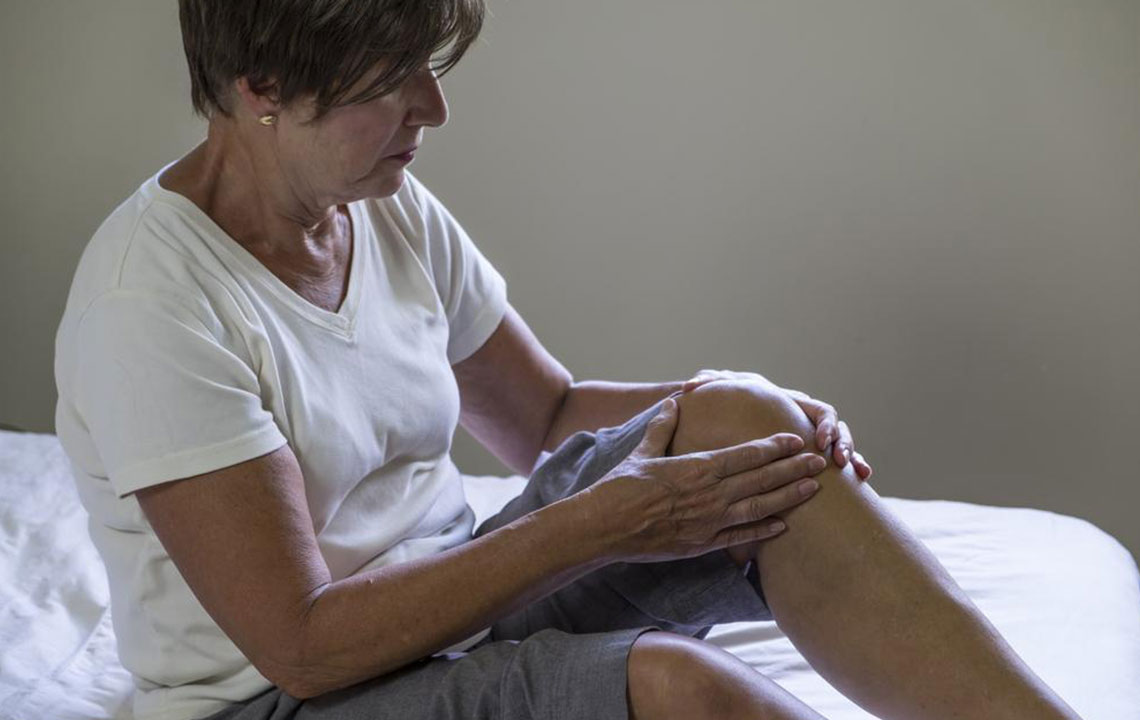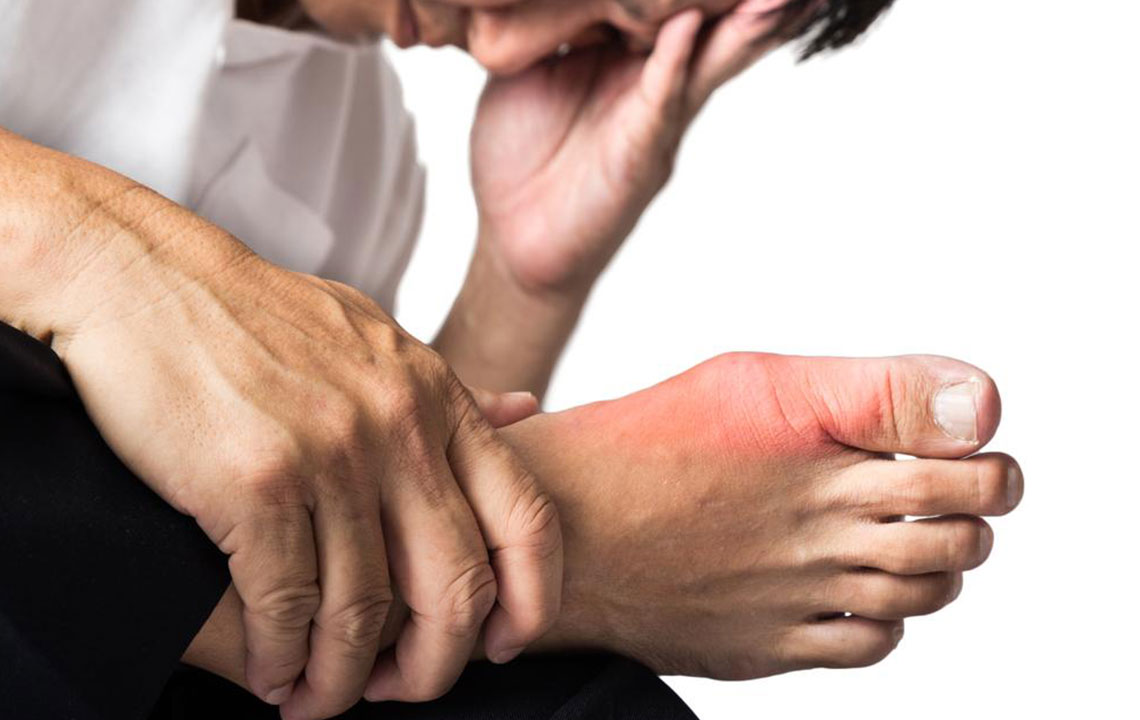Comprehensive Approaches to Managing Knee Osteoarthritis Effectively
This comprehensive guide explores effective strategies for managing knee osteoarthritis, detailing causes, symptoms, diagnosis, and various treatment options including lifestyle changes, therapies, and surgical procedures. Early intervention and personalized care are emphasized to improve quality of life and joint health.

Comprehensive Approaches to Managing Knee Osteoarthritis Effectively
Knee osteoarthritis (OA) is a common degenerative joint disease that primarily affects middle-aged and elderly individuals, though it can occur in younger populations as well. This condition occurs due to the gradual breakdown of the protective cartilage in the knee joint. As the cartilage deteriorates, bones begin to rub against each other, causing painful inflammation, stiffness, swelling, and the formation of bone spurs. Over time, these changes can significantly impair mobility and quality of life. Understanding the causes, symptoms, diagnosis, and treatment options is crucial for effective management and improving patient outcomes.
Understanding the Root Causes of Knee Osteoarthritis
Excess weight and obesity – Carrying additional pounds puts excessive stress on the knee joints, significantly accelerating cartilage wear and tear. Every pound gained increases the load on the knees by approximately four pounds, which magnifies the risk of developing OA over time.
Genetic predisposition – Family history plays a vital role, with genetic factors influencing joint structure and cartilage resilience, thereby raising susceptibility.
Gender differences – Women, especially between the ages of 50 and 55, are more prone to developing knee OA, possibly due to hormonal and biomechanical factors.
Occupational and lifestyle risks – Jobs involving repetitive kneeling, squatting, climbing, lifting heavy objects, or standing for long periods can exert continual stress on the knee joints, promoting cartilage degeneration.
Sports and physical activity – High-impact sports such as soccer, running, tennis, and basketball can increase joint strain. While staying active is important, moderation and proper technique are critical to prevent injury.
Other contributing health conditions – Metabolic problems like diabetes, hormonal imbalances, and inflammatory conditions such as gout contribute to joint deterioration and inflammation.
Recognizing the Symptoms of Knee Osteoarthritis
Persistent swelling and tenderness around the knee joint
Sharp, stabbing pains that worsen during physical activity and subside with rest
Stiffness particularly after periods of inactivity or in the morning
Grinding, creaking, or popping noises during movement
Limited range of motion and decreased flexibility
How Knee Osteoarthritis is Diagnosed
The diagnosis process typically involves a thorough clinical examination, including assessment of joint tenderness, swelling, and range of motion. Healthcare professionals often review the patient's medical history and family background. Imaging studies are essential for confirming OA diagnosis and determining the extent of joint damage. These include:
X-ray imaging – Reveals joint space narrowing, bone spurs, and other degenerative changes.
MRI scans – Provide detailed images of cartilage, soft tissues, and early signs not visible on X-rays.
Effective Treatment Strategies for Knee Osteoarthritis
Weight management – Maintaining a healthy weight reduces pressure on the knees, decreasing pain and slowing disease progression. Dietary modifications and physical activity plans are fundamental to weight control.
Engaging in regular, low-impact exercise – Activities such as swimming, cycling, and walking improve joint flexibility, strengthen surrounding muscles, and enhance overall mobility without overloading the joint.
Utilizing alternative therapies – Topical creams containing capsaicin or menthol can provide localized pain relief. Acupuncture has also shown promising results in reducing osteoarthritis discomfort.
Physical therapy – Customized exercises under professional guidance help improve joint stability, strengthen the muscles supporting the knee, and reduce strain.
Medications and pain management – Nonsteroidal anti-inflammatory drugs (NSAIDs), acetaminophen, or corticosteroid injections may be prescribed for symptom relief.
Advanced treatment options – When conservative therapies fail, surgical interventions such as knee osteotomy or total knee replacement may be considered.
Nutritional support – Incorporating anti-inflammatory foods rich in omega-3 fatty acids, vitamin C, and antioxidants can aid in reducing joint inflammation and pain.
Healthy sleep and lifestyle habits – Adequate sleep is vital for healing and pain management. Using supportive pillows can minimize joint pressure during sleep.
Hot and cold therapy – Applying heat enhances blood flow and relaxes muscles, while cold packs help reduce swelling and numb pain.
In summary, managing knee osteoarthritis requires a comprehensive approach that combines lifestyle modifications, medical interventions, and alternative therapies. Early diagnosis and personalized treatment plans can significantly improve the quality of life for those affected by this condition. Ongoing research continues to uncover innovative solutions and therapies, emphasizing the importance of informed, proactive management for knee OA sufferers.





